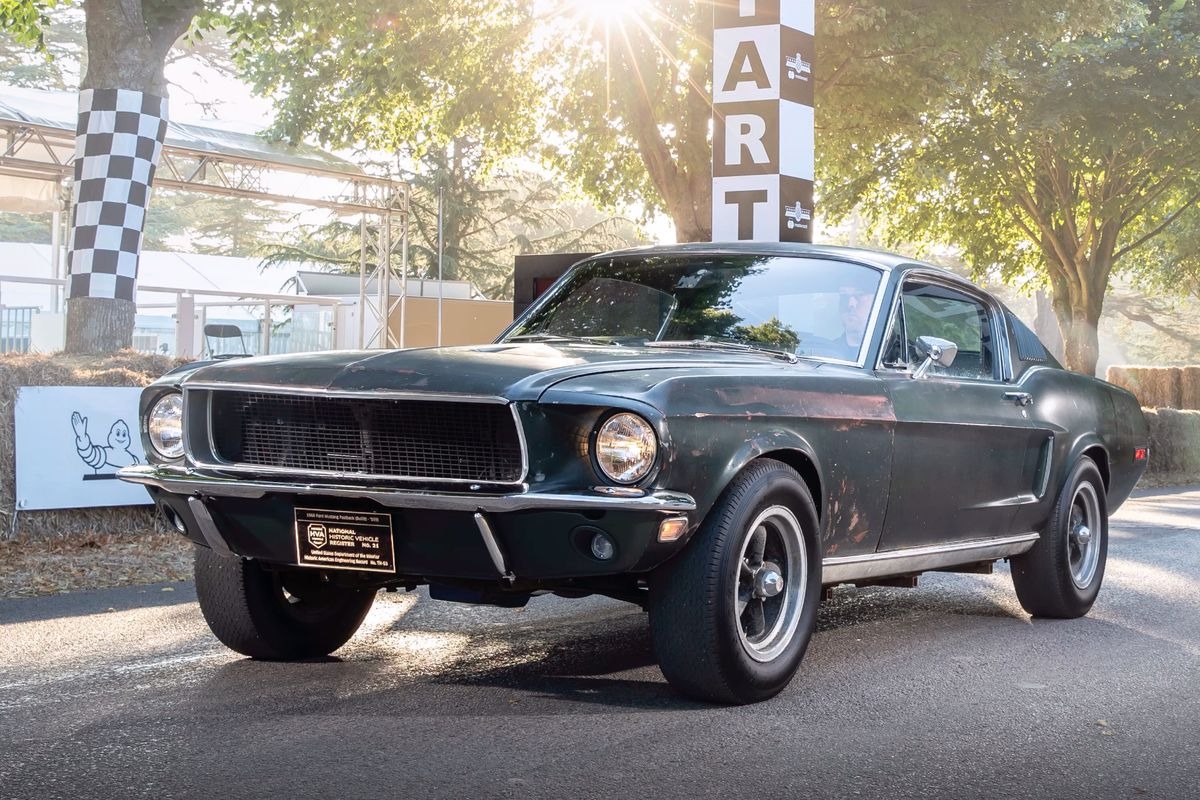Modern cars are filled with computers, sensors, and high-tech gadgets. While these features can be helpful, they also make repairs more difficult and expensive. For someone who enjoys doing simple repairs or wants to save money at the garage, owning a car that’s easy to fix is a big plus. That’s where reliable, low-tech cars come in.
These cars don’t need fancy equipment or a technician with a computer science degree to figure out what’s wrong. Many of them are built with traditional parts that are easy to find and simple to replace. They don’t rely heavily on electronics or complicated software, which makes them ideal for do-it-yourself fixes or affordable mechanic visits.
Reliability is another big factor when choosing a car that’s easy to work on. If a car rarely breaks down, you won’t have to worry about costly repairs very often. But when something does go wrong, having a vehicle with a simple design means you can fix it without too much trouble—or too much money out of your pocket.
Some car brands are known for making vehicles that are both reliable and easy to repair. These models don’t hide parts behind layers of electronics or special covers. You can pop the hood and see what’s going on, which makes it easier for anyone, especially beginners, to learn how their car works.
This list highlights ten cars that are not only known for their long-lasting performance but are also simple to maintain. These models are perfect for people who prefer hands-on care or just want a hassle-free driving experience. You don’t need advanced tools or deep mechanical knowledge to keep these cars running smoothly for years.
Whether you’re a student, a first-time car owner, or someone who enjoys fixing things on their own, these cars offer the peace of mind that comes with simplicity and dependability. Let’s take a closer look at ten reliable cars that don’t need a tech degree to fix—and why they might be the smartest choice for budget-conscious drivers.
10) Honda Accord
The Honda Accord is known for being one of the most reliable and easy-to-maintain sedans on the market. Many people who enjoy working on their own cars choose it because of its simple design and easy-to-reach parts.
One of the biggest reasons the Accord is simple to fix is its four-cylinder engine option. These engines are easier to work on than six-cylinder models because they have fewer parts and less complexity.
If you’re changing the oil or replacing a filter, you’ll find that everything is laid out clearly under the hood. This saves time and money, especially if you do basic maintenance yourself.
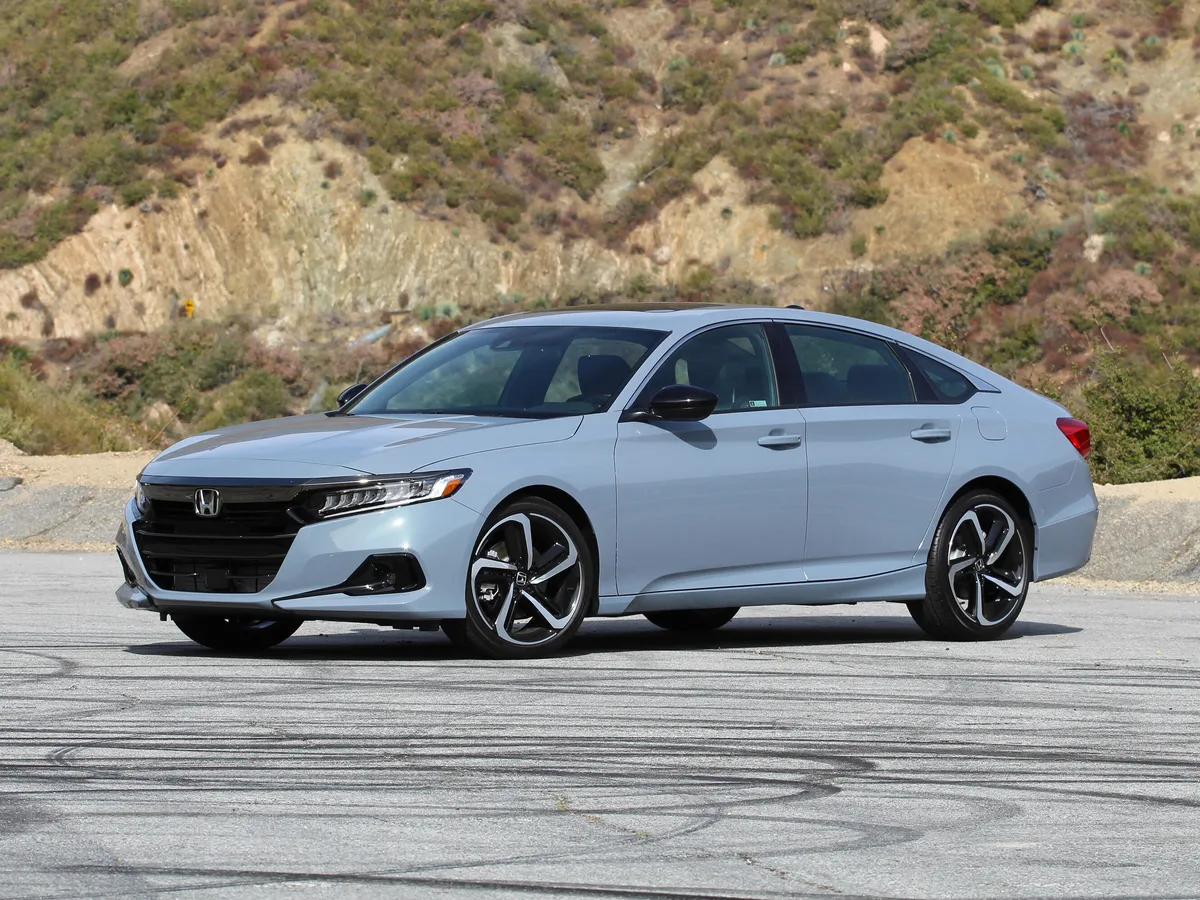
In 2024, Honda sold over 160,000 Accords in the U.S., which shows how popular this car still is. Because so many people drive it, spare parts are widely available and often more affordable.
When a car is built in large numbers, it means mechanics are very familiar with how to fix it. That also makes it easier for you to find guides and video tutorials online if you want to try repairs on your own.
Older Accord models are especially good for DIY fixes, as they rely less on advanced electronics. Even newer ones still keep a balance between modern features and mechanical simplicity.
The inline-4 (i4) engine has always been a favorite among car owners who want a balance of performance and easy repairs. Compared to the V6 engine, it’s lighter, more fuel-efficient, and cheaper to maintain.
Honda’s build quality also plays a big role in the Accord’s reliability. The brand is known for long-lasting vehicles that don’t break down easily when cared for properly.
Whether you’re a new driver or someone who enjoys doing minor repairs at home, the Honda Accord is a solid choice. It offers comfort, dependability, and a design that doesn’t require special tools or deep technical knowledge.
Also read: Top 10 Retro-Inspired Cars That Blend Nostalgia With Modern Tech
9) Subaru Forester
The Subaru Forester is a great choice for anyone who wants a mix of reliability, affordability, and ease of maintenance. It’s a compact SUV that doesn’t demand much from your wallet or your toolbox.
One of the reasons people like the Forester is that new parts are easy to find. You don’t have to spend too much money to keep it in good shape, and most auto stores will have what you need.
The Forester comes with a spacious engine bay, which makes it easier to reach important parts. This is helpful when doing things like oil changes, air filter replacements, or checking fluid levels.
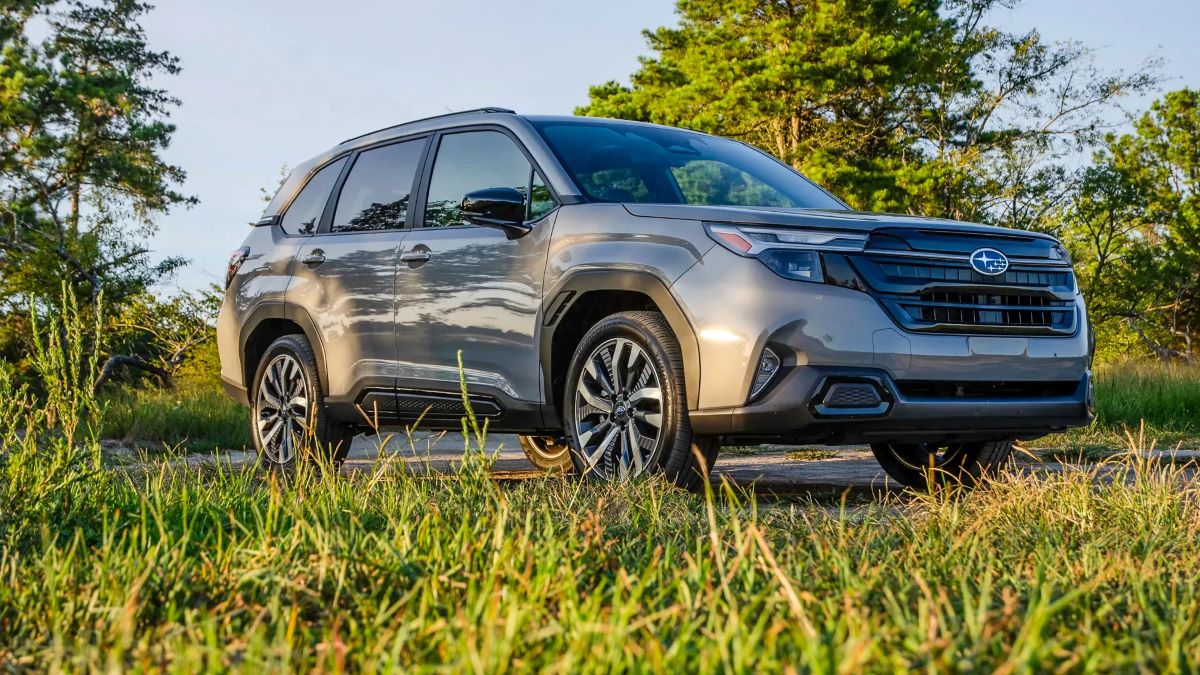
Naturally aspirated versions of the Forester are the simplest to work on. These engines don’t have turbochargers, so there are fewer parts that can fail or confuse a beginner.
Subaru’s famous boxer engine is used in the Forester, and while it’s very reliable, it does have a different layout than most other engines. It lies flat and spreads out horizontally, which might feel strange at first if you’re used to regular inline engines.
Some Forester owners say that changing the spark plugs is a bit tricky because of the engine’s design. In fact, many people who do their own car repairs still take the vehicle to the dealership just for that one job.
Even with that one challenge, the Forester is still a very friendly car for do-it-yourself repairs. Most other maintenance tasks are simple and don’t need expensive tools or professional help.
The car also does well in harsh weather and off-road situations, especially with trims like the Wilderness model. That makes it not just easy to fix but also great for outdoor adventures and daily driving.
8) Mazda 3
The Mazda 3 is a compact car that’s great for people who are just starting to learn about car maintenance. It’s known for being simple, reliable, and not too expensive to take care of.
If you’re interested in doing small repairs at home, the Mazda 3 is a smart place to start. Many owners say it’s forgiving and easy to work on, especially when compared to more complex vehicles.
Jobs like changing the oil, replacing air filters, and swapping out spark plugs are simple on the Mazda 3. You don’t need fancy tools or a lot of experience to get these tasks done.

This makes it a good fit for students, young drivers, or anyone looking to save money on basic repairs. You’ll also find plenty of how-to guides online that show you step-by-step instructions for common fixes.
Mazda’s design approach focuses on keeping things clean and organized under the hood. That means parts are easy to find, and there’s less clutter in the engine bay, which helps a lot if you’re new to working on cars.
One small challenge with the Mazda 3 is its ground clearance. The hatchback model has only about 5.5 inches of space between the bottom of the car and the ground, which can make it harder to slide under without a lift.
Because of this, some people might find it tricky to do repairs like oil changes unless they have ramps or a jack. Still, once the car is raised a bit, the actual work is straightforward and beginner-friendly.
Mazda also has a good reputation for quality and long-term durability. With regular care, the Mazda 3 can easily last over 200,000 miles, making it a dependable long-term investment.
7) Hyundai Elantra: Easy to Maintain, Just Choose the Right Year
The Hyundai Elantra is one of the most popular compact cars on the road today. It’s known for being affordable, reliable, and easy for anyone to maintain, even if you’re new to car repairs.
Most owners say that the Elantra is a very simple car to take care of. Basic jobs like oil changes, air filter replacements, and brake pad swaps are straightforward and don’t take much time.
It’s also a budget-friendly option when it comes to replacement parts. Since Hyundai sells over 100,000 Elantras each year, parts are easy to find and usually cost less than those for many other brands.
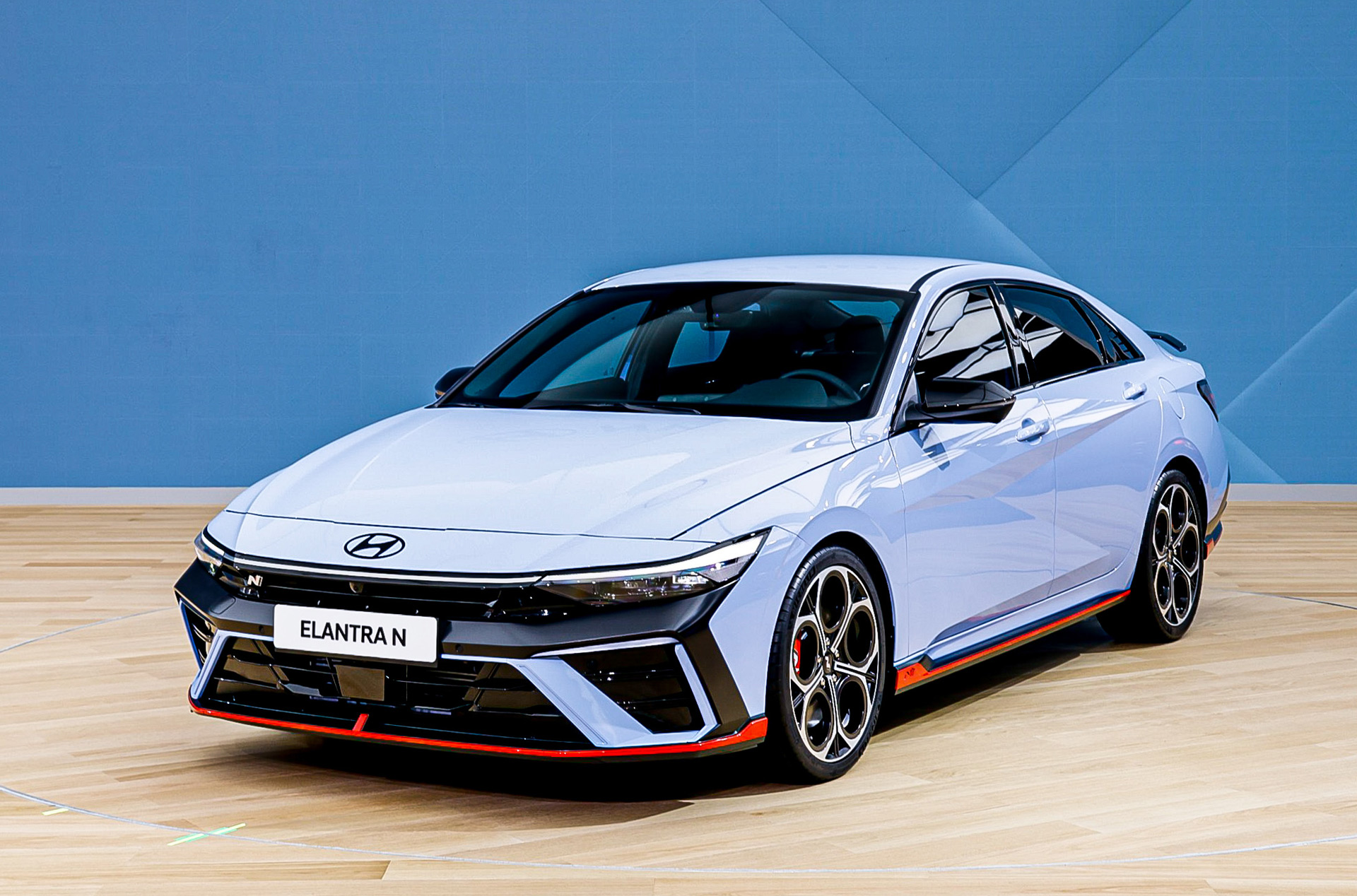
You don’t need to spend hours searching online to figure out how to fix it, either. Most problems are well-documented, and there are plenty of video guides and forums that can help walk you through repairs step by step.
However, there’s one important warning for buyers considering a used Elantra. The fifth-generation models, made from 2011 to 2015, had serious engine problems, especially in 2013.
A known issue called the “engine tick” often led to full engine failure. In many cases, the only fix was to replace the engine completely, which is expensive and not something most people want to deal with.
If you avoid those problem years, the Elantra is a great choice for someone looking for a car they can maintain easily. Later models, especially from 2016 onward, improved in both build quality and reliability.
6) Ford F-150
The Ford F-150 is the most popular vehicle in the United States, and that’s not just because of its power and performance. One big reason people love it is how easy it is to find replacement parts, no matter the age of the truck.
Even if you drive an older F-150, getting parts is never a struggle. Auto shops, junkyards, and online stores are full of used and new parts that fit models from many different years.
This wide availability of parts means you don’t need to spend hours searching or paying extra for hard-to-find components. Whether it’s a simple oil pan or an old dashboard gauge, chances are it’s out there waiting for you.
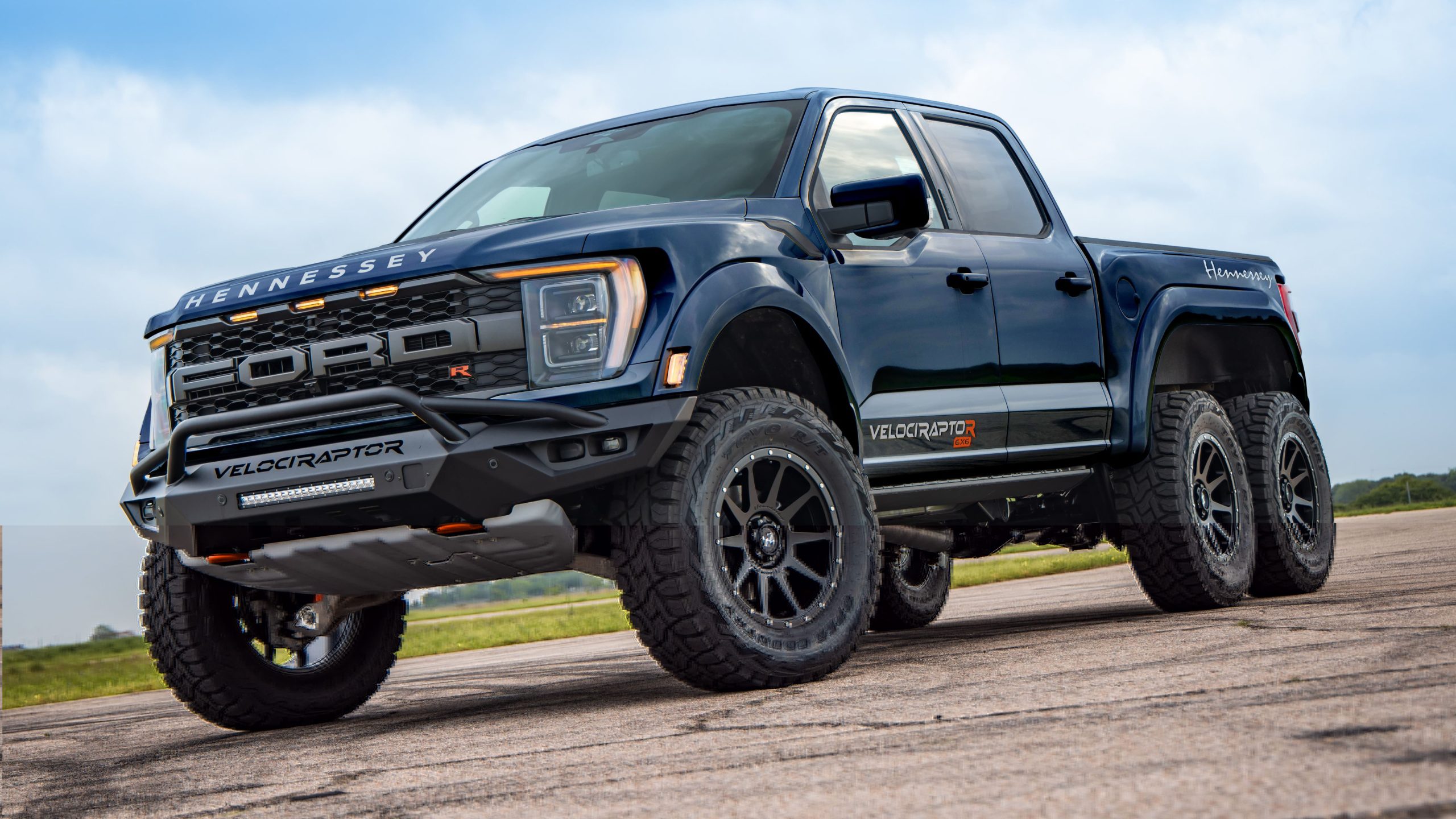
The F-150 is also known for having a simple layout under the hood, which makes basic maintenance easier. Things like oil changes, air filter swaps, and brake jobs can be handled at home with basic tools.
Many F-150 owners from the early 2000s say that one of the few tricky jobs is dealing with the timing chain. It’s a complex part, and replacing it can take a lot of time, effort, and mechanical skill.
Because of that, some owners prefer to do a full engine swap instead of trying to fix the timing chain. While that might sound extreme, it’s easier when engine parts and replacements are cheap and widely available.
Newer models of the F-150 have improved in design and comfort, but still stick to the same easy-to-work-on structure. That makes the truck suitable for both first-time fixers and experienced DIY mechanics.
Also read: 10 Cars From the Early 2000s That Still Hold Strong Today With the Perfect Blend of Analog and Tech
5) Mazda MX-5 Miata
The Mazda MX-5 Miata is one of the best cars for people who love driving and want something easy to maintain. It’s a lightweight roadster with a simple engine and a design that makes repairs less stressful for beginners.
The engine bay in the Miata is roomy compared to the rest of the car. This extra space under the hood makes it easier to see and reach parts, which is great if you’re doing repairs at home.
Naturally aspirated models are the most beginner-friendly when it comes to maintenance. These versions don’t have turbochargers, which means fewer parts to deal with and fewer chances for things to go wrong.
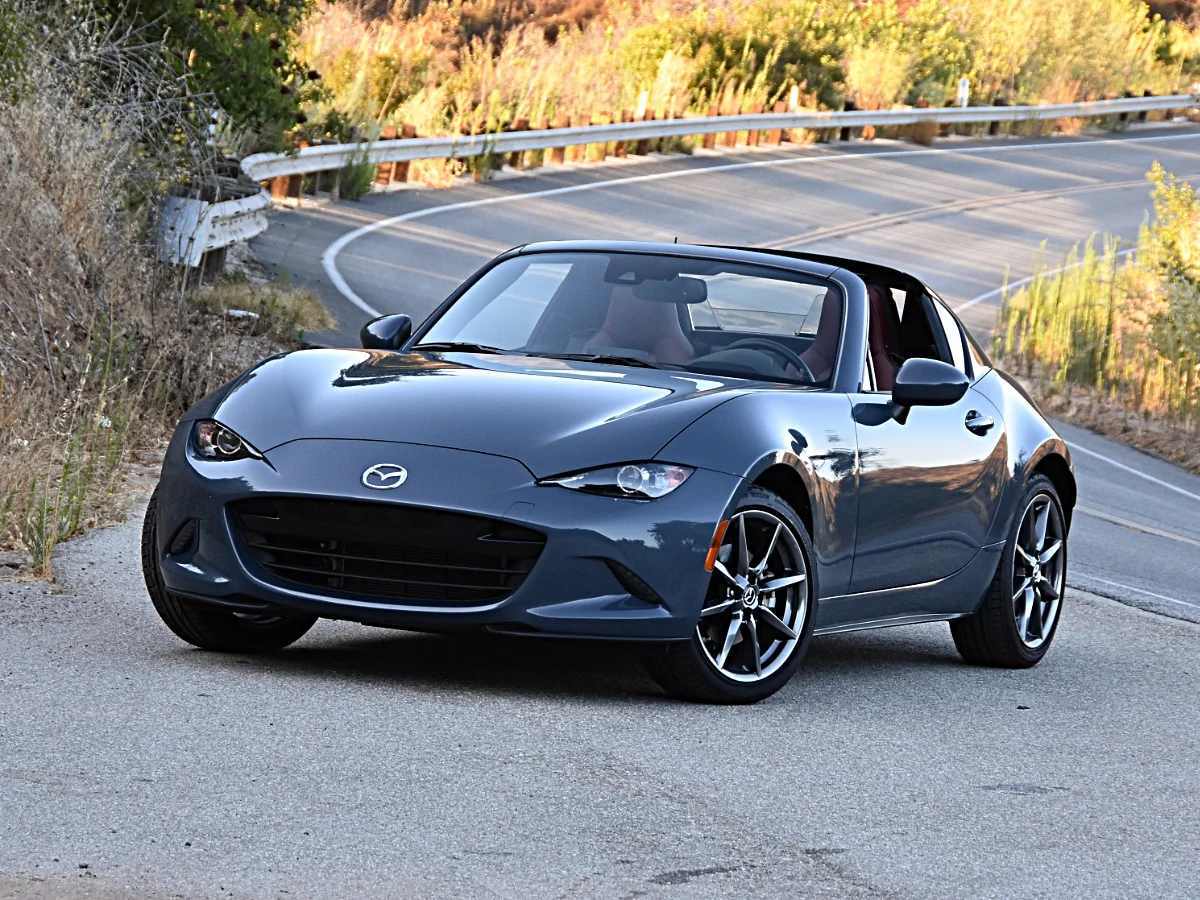
You can find replacement parts for the Miata easily, and they don’t cost much. Whether you’re shopping online or visiting a local auto store, you won’t have trouble locating what you need.
The Miata also has one of the lowest average annual maintenance costs among sports cars. According to RepairPal, the yearly cost is about $429, and that includes labor charges from a shop.
If you like doing repairs yourself, you can keep those costs even lower. That means the Miata is not just fun to drive—it’s also gentle on your wallet.
Because the car is small and simple, many owners find that they actually enjoy working on it. Fixing things like spark plugs, oil filters, or brake pads is straightforward and doesn’t require special tools.
4) Ford Mustang
The Ford Mustang is a dream car for many people, especially those who love classic style and powerful engines. It’s also a smart pick if you’re just starting to learn about restoring cars or doing basic repairs at home.
Older Mustangs are popular as project cars because they’re simple and strong. Many people choose the 4th-generation GT models, which were made in the 1990s and early 2000s, as their first restoration project.
These Mustangs come with a 4.6-liter V8 engine, which is powerful but not too complex for beginners. The engine design is known for being tough and easy to work on, which gives new DIY mechanics more confidence.
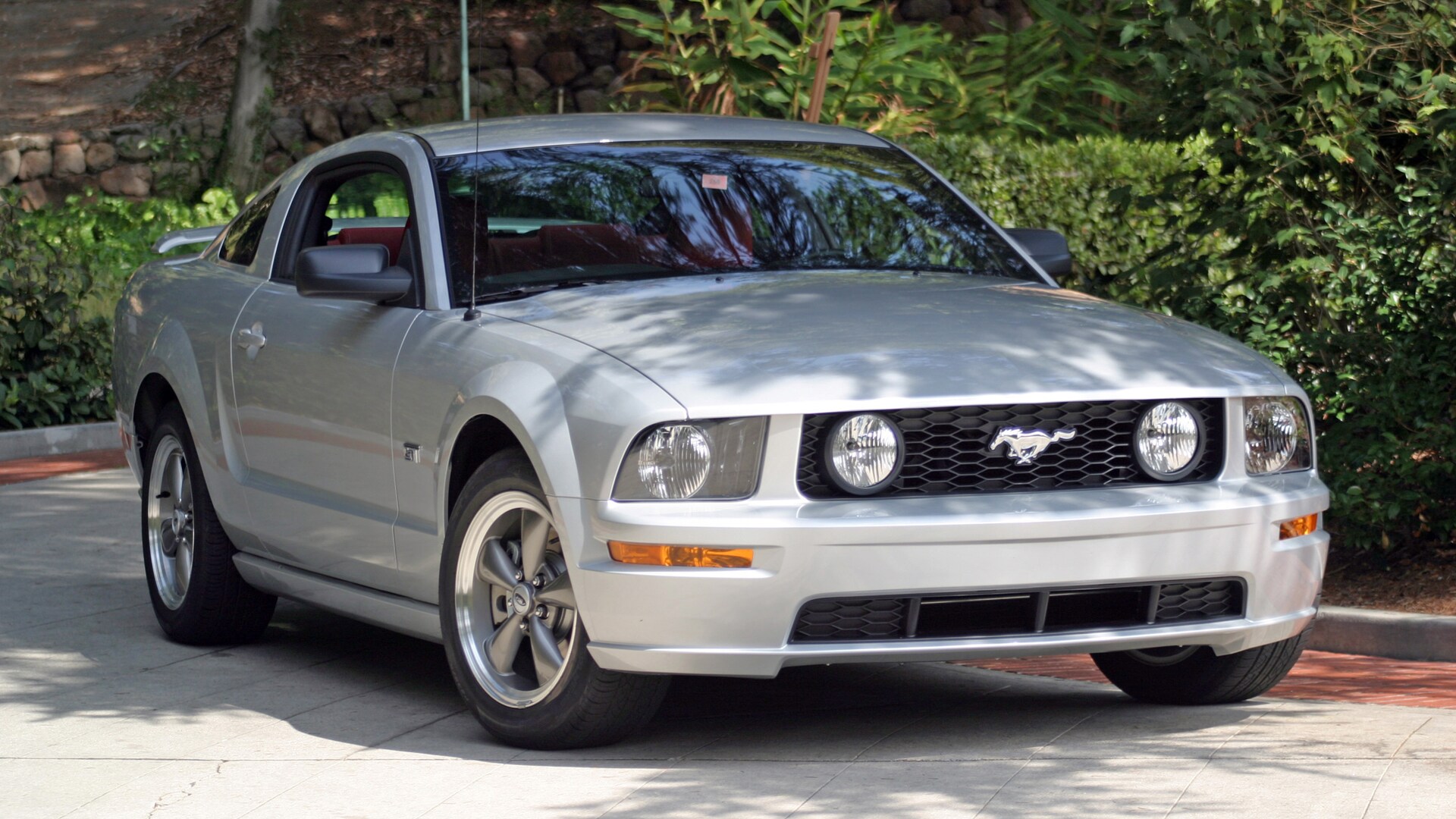
One of the best things about restoring a Mustang is how easy it is to find parts. Since the car is so well-known and loved, there’s a big community of owners and suppliers who offer support, advice, and affordable parts.
The 4th-gen GT is often praised for being reliable, even when it gets older. That means you don’t have to worry as much about constant breakdowns while you’re learning the ropes.
Another great thing about the Mustang is its simple layout. Many of the key parts are easy to see and reach, which makes working under the hood less confusing for beginners.
Because of its popularity, there are also many repair guides and videos online. Whether you’re fixing something small or planning a full rebuild, help is always just a click away.
The Mustang isn’t just a fun car to fix—it’s also a joy to drive. Once you get it running smoothly, you’ll enjoy the reward of cruising in a car you brought back to life.
3) Kia Soul
The Kia Soul is a dependable car that’s great for people who want something simple and affordable to maintain. Whether you’re new to car repairs or just want something that won’t drain your wallet, the Soul checks all the right boxes.
One of the best things about the Kia Soul is that many problems can be fixed at home. The car’s design makes it easier for beginners to handle basic repairs like oil changes, brake pad replacements, or swapping out filters.
If you run into an issue that feels too tricky to handle in your driveway, you won’t need to panic. Most repair shops charge low rates for Kia Soul work, and parts don’t cost a fortune either.
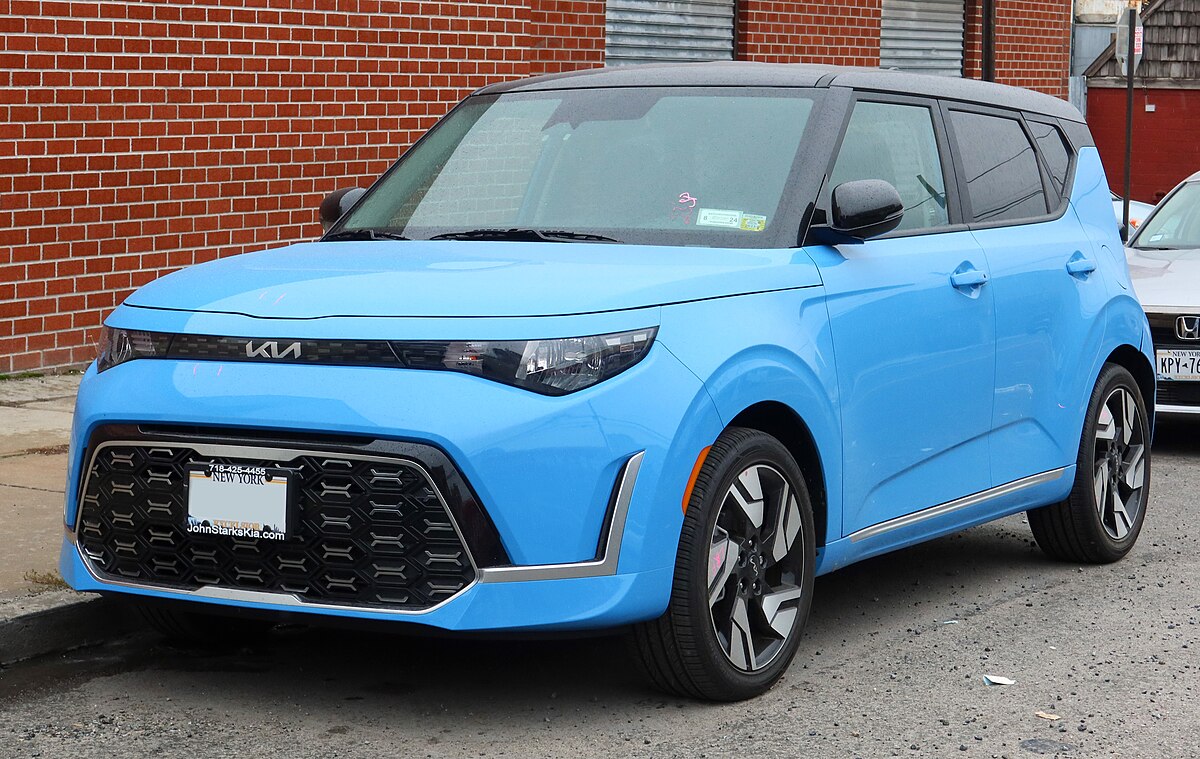
According to RepairPal, the average yearly maintenance cost for the Soul is around $437. This is lower than what you’d expect for many other cars, especially when you factor in labor costs at a shop.
You’ll also have no trouble finding replacement parts if something breaks. Because the Soul is a popular car, parts are easy to get both online and in local stores.
What’s even more helpful is the number of guides and tutorials available. You can find step-by-step videos on YouTube that show you exactly how to fix common problems while working alongside you.
The Soul is known for being reliable, which means it won’t need constant attention. But when it does need maintenance, you won’t be stuck in a complex web of sensors or confusing tech systems.
Its boxy shape also means more room under the hood to move your tools around. That extra space makes it less frustrating for first-time DIYers trying to reach engine components.
2) Jeep Wrangler
The Jeep Wrangler might not be the first vehicle that comes to mind when you think of reliability, but it deserves a second look. Many people assume it’s unreliable because older or modified Wranglers often run into trouble, but that doesn’t tell the full story.
The 2025 Jeep Wrangler has a strong quality and reliability score of 80 out of 100 from J.D. Power. That rating proves it can be dependable, especially if you’re sticking with stock parts and not adding complicated upgrades or off-road mods.
A big reason the Wrangler gets a bad reputation is that it’s one of the most customized vehicles in the country. Owners love lifting them, tweaking performance, or adding oversized tires, and that often leads to extra wear and tear not related to the factory build.
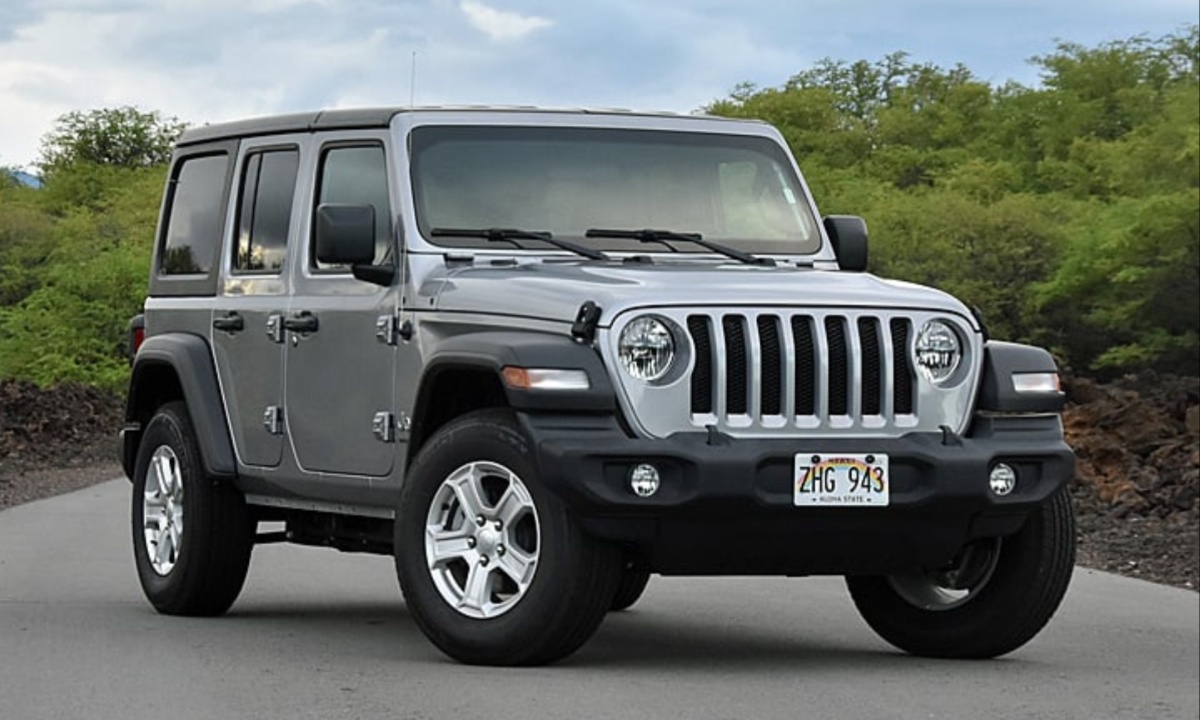
When you drive a Wrangler the way it was designed—simple, clean, and without wild mods—it holds up very well over time. Its durability shines in everyday use, and it’s even better when you’re not pushing it to extremes with off-road gear.
What really makes the Wrangler friendly for at-home mechanics is its wide-open engine bay. There’s a lot of room under the hood, so reaching bolts, replacing filters, or doing basic repairs becomes much easier than with more compact engine layouts.
Fewer tight spaces mean fewer busted knuckles and less time spent trying to find where that bolt just dropped. For beginners, this kind of open setup is a huge relief and builds confidence for future repair tasks.
Also read: 10 Incredible Concept Cars That Never Made It to Production
1) Ford Explorer
The Ford Explorer has been a favorite in American households for decades, and for good reason. It offers a mix of solid performance, plenty of space, and the kind of simplicity that makes it easier to work on than many modern SUVs.
One of the biggest reasons the Explorer is a smart pick for at-home mechanics is its popularity. Ford sold nearly 200,000 units in 2024 alone, which means replacement parts are easy to find and generally affordable.
This SUV has been on the market since 1990, making it one of the longest-running nameplates in its category. That kind of history means there’s a huge online community and tons of maintenance guides available for just about every model year.
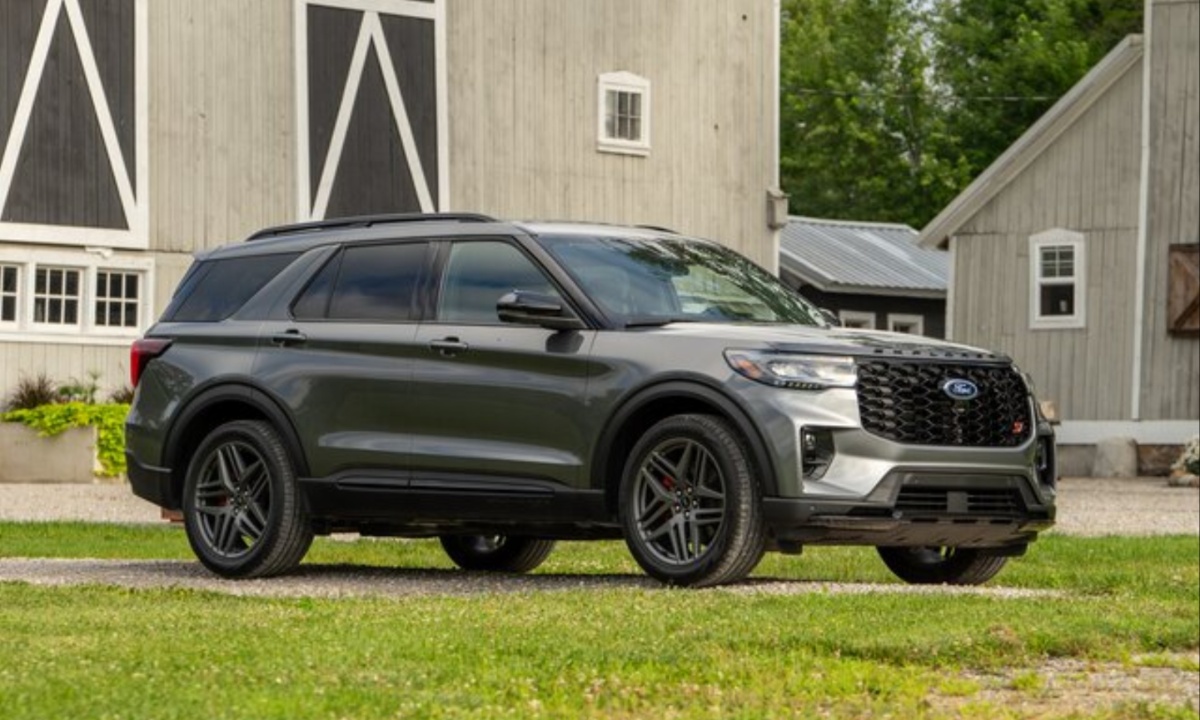
Whether you’re working on a 1990s Explorer or a newer one, there’s a good chance you’ll find step-by-step repair tutorials, video walkthroughs, and helpful forum discussions. This support can make fixing your SUV a much less stressful experience, especially for beginners.
Another thing that makes the Explorer easier to handle is its ground clearance. Most models offer around eight inches of space beneath the body, which gives you plenty of room to slide under the vehicle for tasks like oil changes or checking the exhaust system.
You won’t need to invest in a car lift or jack stands for every small repair. That extra space underneath can be a game-changer for DIYers who want to get hands-on without crawling around awkwardly.
The Explorer’s build is also straightforward compared to high-tech crossovers. While newer models have some modern features, they don’t completely rely on complicated systems that would scare off a first-time mechanic.

